Heartbreaking photos show what it’s like to live on less than a dollar a day
HEARTBREAKING images show the daily struggle of living in extreme poverty in the world’s most deprived regions.
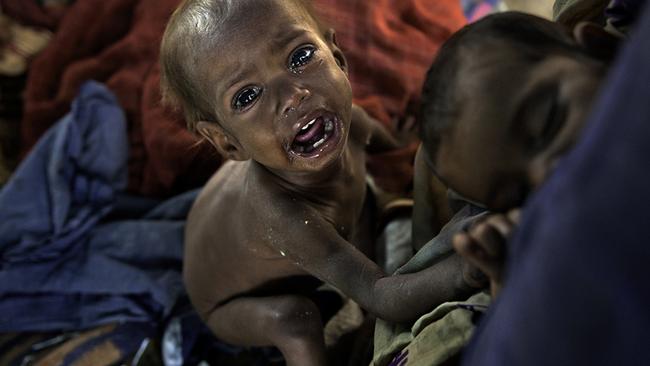
THESE heartbreaking images show what it’s like to live on less than a dollar a day.
Taken across 10 countries and four continents, they reveal the struggle of surviving in extreme poverty.
Photojournalist Renee Byer has created a book along with charity The Forgotten International to tell these people’s stories.
It gives us an inside look at the lives of some of the 1.2 billion getting by with next to nothing — where they sleep, what they do for work and how they cope with often severe health problems.
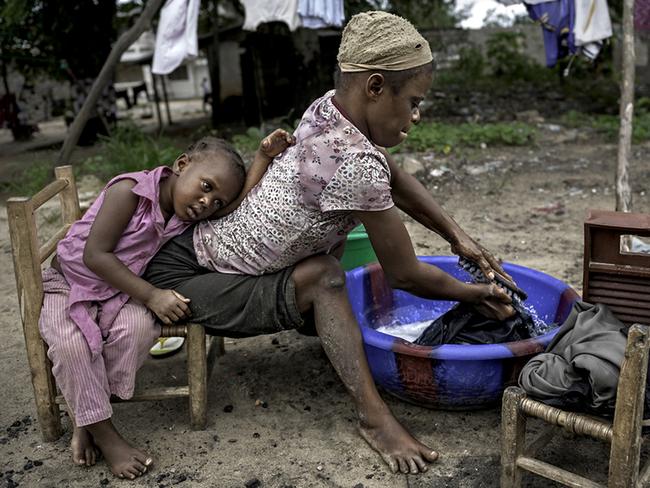
“It was very challenging to make photos of extreme poverty,” Ms Byer told news.com.au. “I was very conscious to keep the dignity of the subjects as well as engaging the viewer.
“Sometimes with the worst deprivation, we just want to turn away.”
Ms Byer spent weeks with some of the families she photographed, experiencing first hand what their reality was really like.
One of her more harrowing photos spells out the terrible choices forced on some of these families.
It shows an emaciated Indian child, who was starved by her mother so she would earn more money from begging, which would feed the other children in the family.
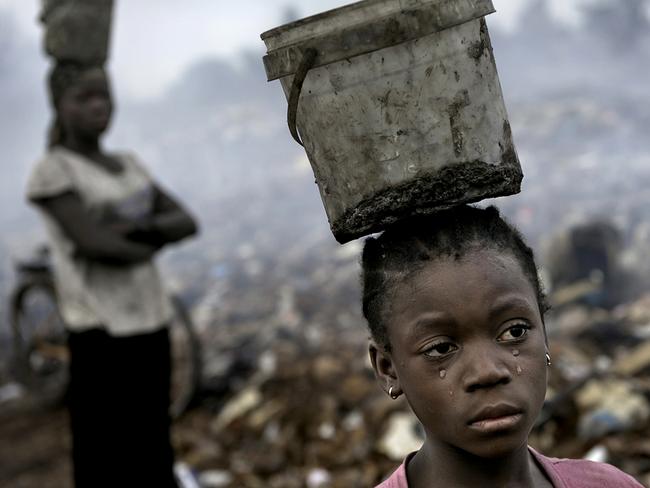
Two-year-old Sangeeta, who lived with her family in the Charan Slum Settlement of northern India, weighed just nine pounds.
She has now been helped by a local charitable trust, as have many of the deprived people Ms Byer met while working on the book.
“I have no agenda except to report the reality,” said Ms Byer. “We just aren’t as educated as we could be. It’s my job to make that emotional connection.”
She decided to take up the project after a trip to Mali in 2003, when she saw a child burning wood to make coal with his mother, in insufferable heat, all for a few grains of rice.
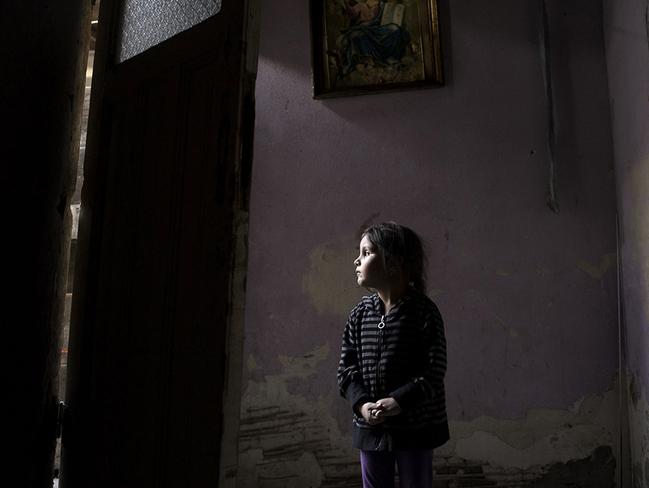
“Looking into his eyes was a turning point for me,” she said.
Other stories include that of Jestina Koko, 25, from Liberia. Unable to walk from the age of three, she drags herself around on her hands, surviving by washing clothes, selling homemade cookies and begging.
She prays that her daughter Satta will go to school, but there is no available assistance for either of them. Both have malaria, as does Fati, eight, who works with other children searching for metal scraps in a toxic e-waste dump in Accra, the capital of Ghana.
Far away in Bucharest, Romania, four-year-old Ana-Maria Tudor faces eviction from the one room she shares with her family, with no bathroom or running water.
Hunupa Begum, 13, has been blind for 10 years, but the money she earns from begging in New Delhi is the only source of income for her family.
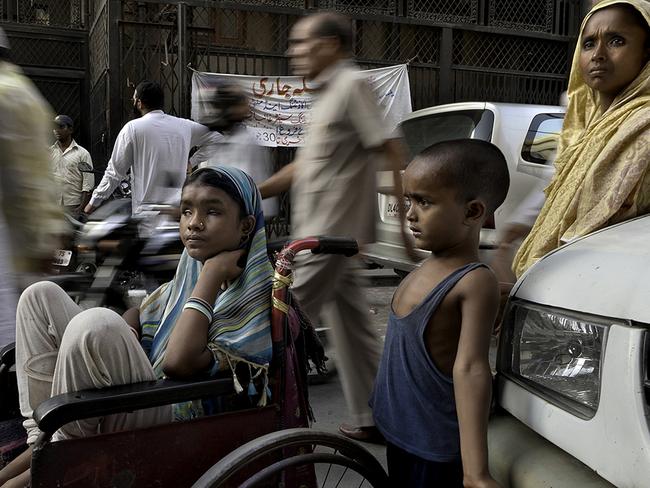
Her mother Manora, 35, has a womb ailment and cannot perform manual tasks, while her brother Hajimudin Sheikh, six, suffers with fluids that accumulate in his head.
Ms Byer now asks people if they could imagine themselves in these people’s shoes.
“I ask them, ‘How long could you last in that reality?’,” she said. “If you couldn’t, then why wouldn’t you want to help?”
She and the unsung heroes of this world — the social workers, the doctors, the charities — are doing all they can to change these people’s lives.
But it isn’t enough. On the cover of Ms Byer’s book is a quote from the Dalai Lama: “Unfairness in the human condition can only be remedied when people everywhere care.”



